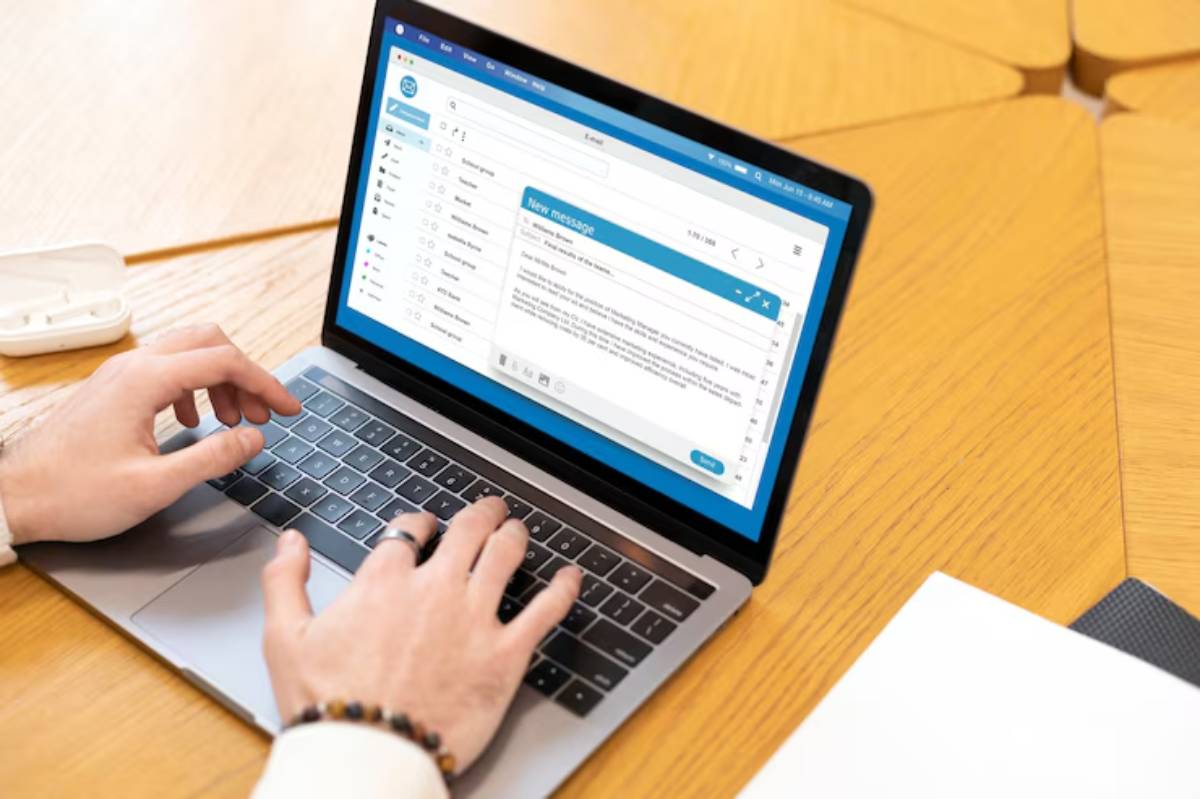
Using Self-Image to Eliminate Delay
Ever found yourself delaying tasks, even when you know they matter? You’re not alone. Procrastination affects people across all walks of life. But here’s something often overlooked: your self-image might be fuelling your procrastination.
Rather than being a matter of time management or motivation, chronic delay often stems from deeper psychological roots. How you see yourself—your beliefs about your ability, worth, and competence—plays a powerful role in whether you act or avoid. This blog unpacks the connection between self-image and productivity, showing you how adjusting your internal identity can offer a lasting procrastination cure.
You’ll learn how action-based self-esteem can shift your mindset, what research says about identity and performance, and which strategies can help rebuild your self-concept from the inside out. By the end, you’ll have a practical roadmap for improving how you see yourself, so you can start getting things done.
The Self-Image–Productivity Connection
What is Self-Image?

Your self-image is the mental picture of yourself—your traits, strengths, and limitations. It includes:
- How competent do you believe you are
- Your expectations for success
- Your beliefs about what you’re “good at” or “not made for”
These beliefs operate primarily under the surface but powerfully influence how you act in daily life.
How It Affects Action
When you believe you’re a capable, consistent person, you’re more likely to take action—even when it’s uncomfortable. In contrast, if your self-image includes phrases like “I’m always disorganised” or “I just can’t focus,” that belief becomes a self-fulfilling prophecy.
Your behaviour aligns with your identity. As James Clear, author of Atomic Habits, explains: “Every action you take is a vote for the type of person you believe you are.”
In short, productivity isn’t just about systems. It’s about self-perception.
The Psychology Behind Action-Based Self-Esteem
Why Confidence Follows Action
Many people wait to feel confident before they act. However, psychological research, particularly from Albert Bandura’s work on self-efficacy, shows that belief in one’s capabilities grows through mastery experiences—in other words, by doing the thing.
This leads to the concept of action-based self-esteem:
- You build belief in yourself not by thinking, but by doing.
- Repeated small wins gradually reshape how you see yourself.
Example: If you see yourself as someone who consistently misses deadlines, committing to finish one small task each morning can slowly shift that identity. Over time, the evidence stacks up: “I do follow through.”
Identity vs. Motivation
This identity-first approach flips the usual script. Rather than waiting for motivation, ask:
- What would a focused person do right now?
- How would someone with high self-respect handle this task?
These questions invite you to behave as if your best self is already present. The more you align with this vision, the more your identity follows.
How Self-Image Shapes Your Relationship With Delay
The Self-Protective Loop of Procrastination
Procrastination can act as a defence mechanism. When we’re uncertain about our ability to succeed, delay protects our ego. If we fail after giving our full effort, it reflects on our capability. But if we never start—or only start late—we can blame the outcome on poor planning, not personal inadequacy.
This self-handicapping preserves your self-image, but at the cost of growth and fulfilment.
Emotional Triggers and Avoidance
Poor self-image also heightens emotional friction. Tasks that involve risk, like presenting ideas, writing creatively, or applying for a job, trigger fear of exposure or failure. When you doubt your worth or ability, these moments feel threatening, and avoidance becomes a form of emotional safety.
Learning to rebuild your self-concept reduces this internal resistance.
Strengthening Self-Image to Eliminate Delay
Start with Identity-Based Habits
Don’t aim for productivity first. Aim to cast votes for a new self-image. Ask yourself:
- Who am I becoming through this action?
- What identity am I reinforcing?
Examples of identity-based habits:
- Write for five minutes each morning → “I’m a writer.”
- Clear your desk each night → “I’m someone who respects their space.”
- Finish a task without distractions → “I stay focused under pressure.”
These repeated actions shift your identity, and with it, your ability to start things.
Rewire Through Self-Acknowledgement
Often, we internalise failure but dismiss progress. This imbalance distorts your self-image. Instead, build a habit of daily self-recognition:
- List three wins at the end of each day.
- Celebrate effort, not just results.
- Speak to yourself as you would to a friend.
The more you acknowledge small, consistent efforts, the more trustworthy and competent you begin to feel.
Strategies to Build an Action-Driven Self-Concept
Visualisation With a Twist
Rather than imagining success outcomes, visualise the actions your future self takes:
- Waking early
- Starting tasks without internal debate
- Speaking confidently in meetings
This primes your brain to take on that person’s identity, making it easier to act in alignment.
Set Micro-Actions for Psychological Wins

Break down large tasks into micro-actions that are too small to fail:
- Open the file
- Write one sentence
- Email one person
Each micro-action delivers a win and reinforces an identity of follow-through.
Align Your Environment
Your surroundings reflect and reinforce your identity. To support your new self-image:
- Display reminders of past success
- Reduce friction to action (e.g., place your journal in sight)
- Remove identity triggers (e.g., clutter that signals chaos)
A well-aligned environment can encourage flow and affirm your productivity identity.
Real-Life Scenarios: From Delay to Doing
Case Study 1: From Self-Doubt to Starter
Emma, a freelance designer, constantly delays starting client projects. After reflecting, she realised she saw herself as someone who lacked structure.
She began implementing two daily actions: a 10-minute morning planning session and closing her browser tabs before work. Within weeks, she noticed a shift: “I no longer wait to feel ready—I act as if I already am.”
Case Study 2: From Burnout to Boundaries
Liam, a teacher, associated productivity with overwork. His self-image was tangled in being a high achiever—until burnout forced him to stop.
By redefining productivity as “focused contribution” rather than “doing more,” he started setting clear limits. He begins tasks with clear time boundaries, reinforcing a new identity: “I manage my energy wisely.”
If you’ve faced similar emotional fatigue, you may find helpful insights in our post on Habitual Inconsistency and Your Self-Perception, which explores sustainable pace-setting in high-demand environments.
Emotional Momentum and the Role of Self-Trust
Mood Follows Movement
Rather than waiting to feel inspired, let action lead emotion. A five-minute start often creates enough emotional momentum to override procrastination triggers. This cultivates self-trust, a key element of a strong self-image.
The more you prove to yourself that you’ll act—even when it’s hard—the less you doubt your ability to manage pressure. Emotional stability grows through experience, not intention.
You can deepen this foundation by working on Mental Strategies to Combat Overthinking Paralysis, which is key to building cognitive resilience.
Conclusion: Redefine Who You Are, One Action at a Time
Your productivity isn’t a matter of tools or motivation. It’s a reflection of how you see yourself. By adopting an action-first mindset, you start to shape a new internal identity that supports follow-through, resilience, and self-respect.
Every time you act, you strengthen the belief: “I am someone who shows up.” That identity, once internalised, becomes the most powerful procrastination cure you have.
So next time you hesitate, ask yourself: “What would the future me do right now?” Then take one small action to honour that version of yourself.
You don’t need to be perfect. You just need to act in alignment with the person you want to become.


